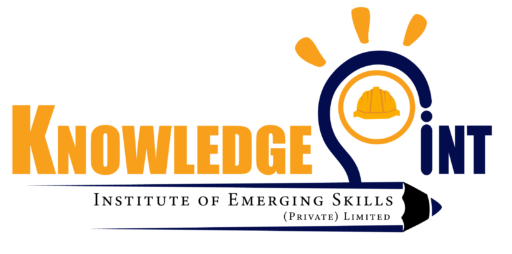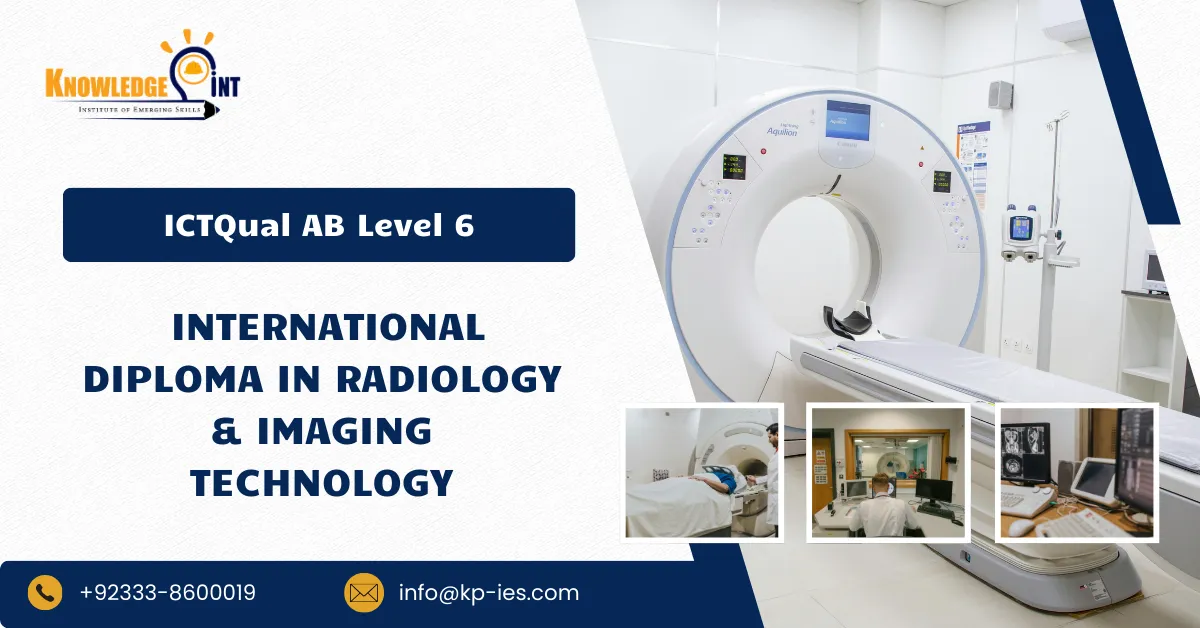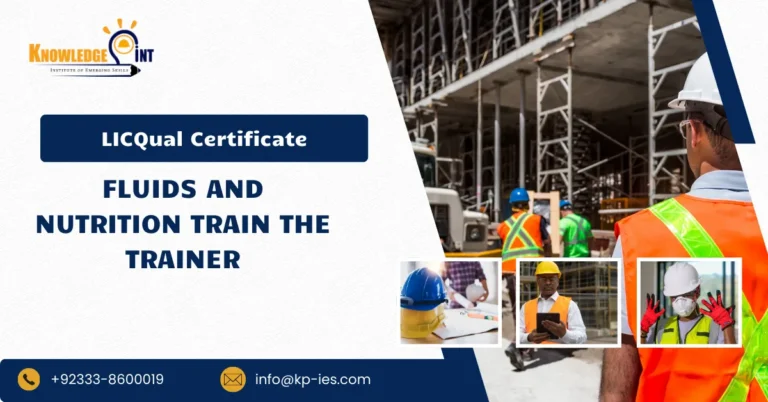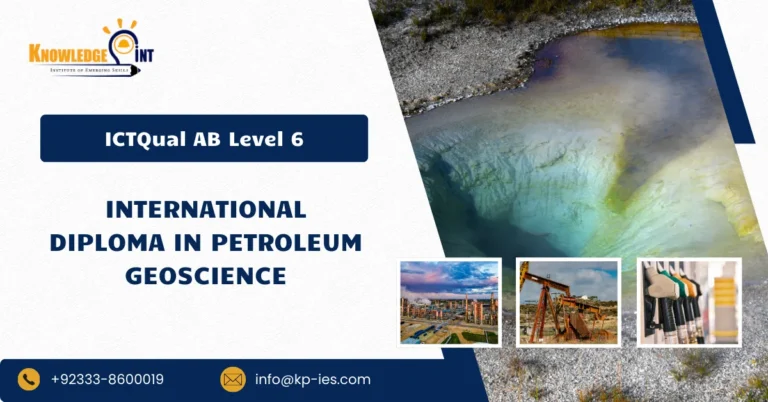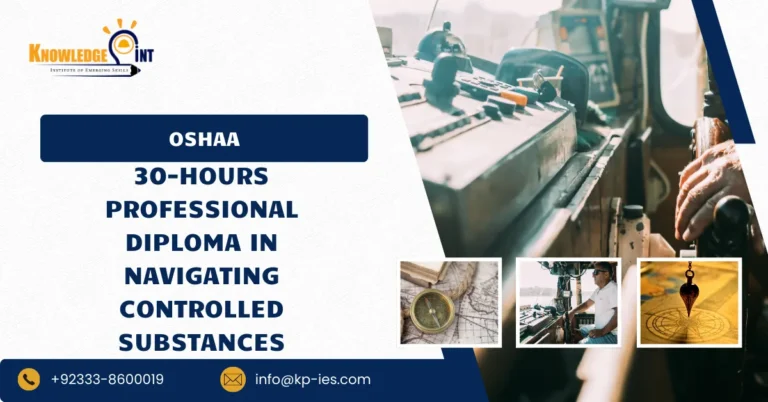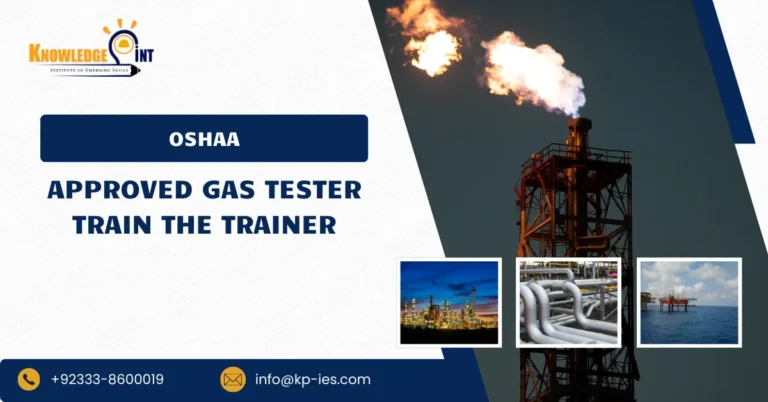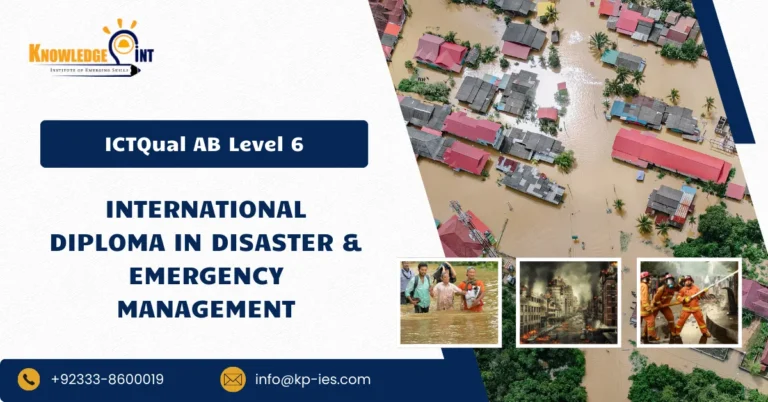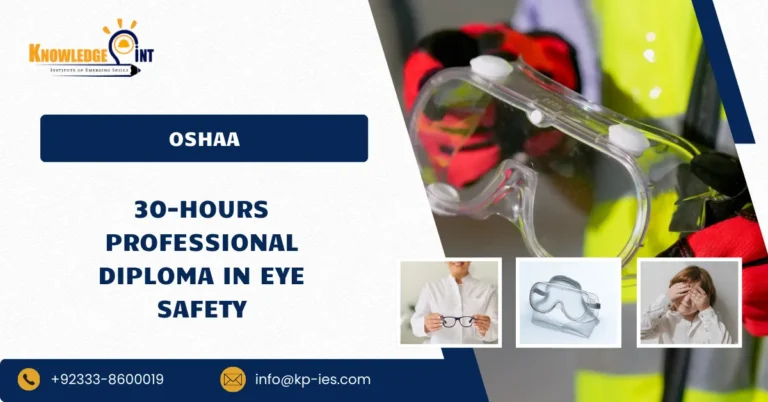The ICTQual AB Level 6 International Diploma in Radiology & Imaging Technology is a comprehensive three-year programme, delivering 360 credits designed for experienced healthcare professionals seeking to enhance their expertise in diagnostic imaging and radiological sciences. This qualification equips learners with advanced knowledge, practical skills, and professional competencies required to excel in radiology departments, imaging centres, and healthcare facilities worldwide.
Throughout the programme, learners explore the principles of medical imaging, radiographic techniques, patient safety, and advanced imaging modalities, including MRI, CT, and ultrasound. The curriculum integrates theoretical foundations with practical application, ensuring learners gain proficiency in operating imaging equipment, interpreting diagnostic results, and contributing to accurate clinical assessments. Emphasis on health and safety, ethical practice, and professional conduct ensures learners are prepared for the complex demands of modern healthcare environments.
This diploma addresses the growing industry demand for skilled radiology and imaging professionals, offering learners the opportunity to develop specialised knowledge in imaging technology, radiation protection, and diagnostic evaluation. Practical placements and hands-on training foster real-world experience, enhancing competence and confidence in clinical settings.
Course Overview
This qualification, the ICTQual AB Level 6 International Diploma in Radiology & Imaging Technology 360 Credits – Three Years, consists of 36 mandatory units.
Year 1: Foundation in Radiology & Imaging Technology
- Introduction to Radiology and Imaging Sciences
- Human Anatomy and Physiology for Imaging
- Principles of Physics in Medical Imaging
- Fundamentals of Radiographic Techniques
- Radiation Safety and Protection
- Introduction to Medical Imaging Modalities
- Patient Care and Communication Skills
- Basic Medical Terminology
- Laboratory Safety and Quality Assurance
- Introduction to Imaging Equipment Operation
- Medical Ethics and Professional Conduct
- Research Methods in Healthcare
Year 2: Intermediate Radiology Applications
- Advanced Radiographic Techniques
- Computed Tomography (CT) Imaging
- Magnetic Resonance Imaging (MRI) Principles
- Ultrasound Imaging Fundamentals
- Nuclear Medicine and Radiopharmacy Basics
- Clinical Radiology and Diagnostic Interpretation
- Imaging Informatics and Digital Systems
- Health and Safety in Imaging Departments
- Patient Assessment and Care in Imaging
- Quality Control and Equipment Maintenance
- Applied Research Methods in Imaging
- Leadership and Teamwork in Radiology Practice
Year 3: Advanced Specialisation and Professional Practice
- Advanced MRI and CT Imaging Techniques
- Interventional Radiology Procedures
- Advanced Ultrasound Applications
- Imaging in Oncology and Cardiology
- Radiology Reporting and Interpretation Skills
- Advanced Radiation Protection Practices
- Biomedical Imaging Technology Integration
- Emerging Trends in Radiology and Imaging
- Clinical Placement / Practical Competency
- Capstone Project / Dissertation in Radiology
- Professional Practice and Reflective Development
- Healthcare Management and Policy in Imaging
Learning Outcomes for the Level 6 International Diploma in Radiology & Imaging Technology 360 Credits – Three Years:
Year 1: Foundational Knowledge
By the end of Year 1, learners will be able to:
Introduction to Radiology and Imaging Sciences
- Understand the principles and scope of radiology and medical imaging.
- Identify different imaging modalities and their clinical applications.
- Recognise the role of imaging in patient diagnosis and treatment planning.
Human Anatomy and Physiology for Imaging
- Demonstrate knowledge of human anatomy relevant to imaging procedures.
- Understand physiological processes that affect imaging outcomes.
- Apply anatomical knowledge in interpreting radiographic images.
Principles of Physics in Medical Imaging
- Explain the physical principles underlying imaging modalities.
- Apply concepts of radiation, energy, and wave propagation to imaging technology.
- Understand factors affecting image quality and safety.
Fundamentals of Radiographic Techniques
- Perform basic radiographic procedures under supervision.
- Understand positioning, exposure, and imaging parameters.
- Apply standard protocols for routine diagnostic imaging.
Radiation Safety and Protection
- Apply principles of radiation protection for patients and staff.
- Understand regulatory and legal frameworks in radiation safety.
- Implement safe practices in imaging environments.
Introduction to Medical Imaging Modalities
- Recognise different imaging modalities and their diagnostic purposes.
- Understand the advantages and limitations of each modality.
- Identify indications for modality selection.
Patient Care and Communication Skills
- Demonstrate effective communication with patients and healthcare teams.
- Apply patient-centred care principles during imaging procedures.
- Address patient concerns and ensure comfort and safety.
Basic Medical Terminology
- Use appropriate terminology for radiology and clinical communication.
- Interpret medical terms in imaging reports and documentation.
- Enhance clarity in professional interactions.
Laboratory Safety and Quality Assurance
- Implement safety protocols in imaging laboratories.
- Understand quality assurance procedures for equipment and procedures.
- Monitor and maintain compliance with safety standards.
Introduction to Imaging Equipment Operation
- Operate basic imaging equipment under supervision.
- Understand equipment functionality and maintenance basics.
- Apply standard procedures for equipment setup and usage.
Medical Ethics and Professional Conduct
- Apply ethical principles in clinical and imaging practice.
- Maintain confidentiality and professional behaviour.
- Understand legal responsibilities in patient care and imaging.
Research Methods in Healthcare
- Understand the fundamentals of healthcare research methodology.
- Design simple research projects relevant to imaging.
- Analyse and interpret basic research findings.
Year 2: Intermediate Proficiency
By the end of Year 2, learners will be able to:
Advanced Radiographic Techniques
- Apply advanced positioning and exposure techniques.
- Interpret intermediate-level radiographic images accurately.
- Follow complex imaging protocols in clinical practice.
Computed Tomography (CT) Imaging
- Understand principles and applications of CT imaging.
- Perform CT procedures safely and accurately.
- Evaluate CT images for diagnostic purposes.
Magnetic Resonance Imaging (MRI) Principles
- Explain MRI physics and image formation.
- Conduct MRI procedures following safety guidelines.
- Recognise normal and abnormal imaging findings.
Ultrasound Imaging Fundamentals
- Perform basic ultrasound imaging procedures.
- Understand ultrasound physics and Doppler principles.
- Interpret ultrasound images in clinical contexts.
Nuclear Medicine and Radiopharmacy Basics
- Understand the use of radiopharmaceuticals in imaging.
- Apply safety measures in handling radioactive substances.
- Recognise clinical applications of nuclear medicine techniques.
Clinical Radiology and Diagnostic Interpretation
- Analyse images from multiple modalities for diagnosis.
- Correlate imaging findings with patient history and clinical data.
- Report findings effectively to healthcare teams.
Imaging Informatics and Digital Systems
- Use digital imaging systems, PACS, and EMRs effectively.
- Understand data storage, retrieval, and security in imaging.
- Apply informatics for efficient clinical workflow.
Health and Safety in Imaging Departments
- Implement department-wide safety protocols.
- Monitor and manage hazards in imaging settings.
- Ensure compliance with health and safety regulations.
Patient Assessment and Care in Imaging
- Conduct pre-imaging assessments and screening.
- Provide patient support during complex procedures.
- Address patient needs in high-stress or emergency settings.
Quality Control and Equipment Maintenance
- Perform routine quality control checks on imaging equipment.
- Identify and troubleshoot common equipment issues.
- Ensure optimal performance and compliance with standards.
Applied Research Methods in Imaging
- Design and conduct applied research projects in imaging.
- Collect, analyse, and interpret clinical imaging data.
- Present research findings in written and oral formats.
Leadership and Teamwork in Radiology Practice
- Demonstrate leadership in clinical imaging teams.
- Collaborate effectively with multidisciplinary healthcare teams.
- Develop strategies for efficient workflow and problem-solving.
Year 3: Advanced Specialization and Application
By the end of Year 3, learners will be able to:
Advanced MRI and CT Imaging Techniques
- Conduct advanced imaging procedures with high accuracy.
- Optimise imaging protocols for complex clinical cases.
- Evaluate image quality and adjust techniques as required.
Interventional Radiology Procedures
- Assist in minimally invasive radiology procedures.
- Understand indications, techniques, and patient care requirements.
- Maintain safety standards during interventional procedures.
Advanced Ultrasound Applications
- Perform specialised ultrasound scans (e.g., obstetric, vascular).
- Interpret findings for complex clinical cases.
- Apply advanced imaging protocols and patient positioning.
Imaging in Oncology and Cardiology
- Recognise imaging applications in cancer and heart disease.
- Conduct imaging procedures for oncology and cardiac patients.
- Interpret diagnostic results for clinical decision-making.
Radiology Reporting and Interpretation Skills
- Produce accurate and professional radiology reports.
- Correlate imaging findings with clinical history.
- Communicate findings clearly to healthcare teams.
Advanced Radiation Protection Practices
- Apply advanced techniques to minimise patient and staff exposure.
- Implement safety protocols for high-dose procedures.
- Monitor compliance with regulatory standards.
Biomedical Imaging Technology Integration
- Integrate multiple imaging modalities for diagnosis.
- Understand emerging imaging technologies and applications.
- Apply technology effectively in clinical workflows.
Emerging Trends in Radiology and Imaging
- Stay updated with innovations in imaging technology.
- Analyse emerging trends for potential clinical applications.
- Adapt professional practice to evolving industry standards.
Clinical Placement / Practical Competency
- Gain hands-on experience in hospital or imaging departments.
- Demonstrate practical competence in real-world settings.
- Apply theoretical knowledge to patient care and imaging procedures.
Capstone Project / Dissertation in Radiology
- Conduct an independent research project or case study.
- Analyse data, draw conclusions, and present findings professionally.
- Contribute to the field of radiology through applied research.
Professional Practice and Reflective Development
- Reflect on clinical experiences to enhance professional growth.
- Develop strategies for continuous improvement and lifelong learning.
- Maintain professional standards and ethical conduct.
Healthcare Management and Policy in Imaging
- Understand management principles in radiology departments.
- Apply policy frameworks to improve service delivery.
- Lead initiatives for quality improvement and operational efficiency.
Course Benefits of ICTQual AB Level 6 International Diploma in Radiology & Imaging Technology
- Provides comprehensive knowledge of radiology principles, imaging technologies, and diagnostic techniques.
- Equips learners with practical skills in operating X-ray, CT, MRI, and ultrasound equipment.
- Develops expertise in image acquisition, processing, interpretation, and reporting.
- Enhances understanding of radiation safety, protection protocols, and regulatory compliance.
- Offers hands-on experience through clinical placements, simulations, and laboratory practice.
- Strengthens problem-solving, analytical, and decision-making skills in medical imaging.
- Prepares learners for leadership and management roles in radiology departments and diagnostic centers.
- Improves employability in hospitals, diagnostic imaging centers, research institutions, and medical technology companies.
- Promotes adherence to ethical practices, patient care standards, and evidence-based imaging techniques.
- Supports continuous professional development and specialization in advanced imaging modalities.
After completing this course, learners can progress in the following ways:
- Pursue Master’s degrees in Radiology, Diagnostic Imaging, Medical Imaging Technology, or Health Sciences.
- Obtain professional certifications such as Certified Radiologic Technologist (CRT), MRI Specialist, or Ultrasound Technician Certification.
- Advance into senior roles such as Radiology Supervisor, Imaging Department Manager, Diagnostic Specialist, or Clinical Imaging Consultant.
- Work with hospitals, diagnostic centers, imaging technology companies, and research institutions.
- Progress into leadership and administrative positions, managing imaging teams and diagnostic services.
- Engage in research and innovation, developing new imaging techniques and improving diagnostic protocols.
- Transition into specialized areas such as MRI, CT, ultrasound, nuclear medicine, or interventional radiology.
